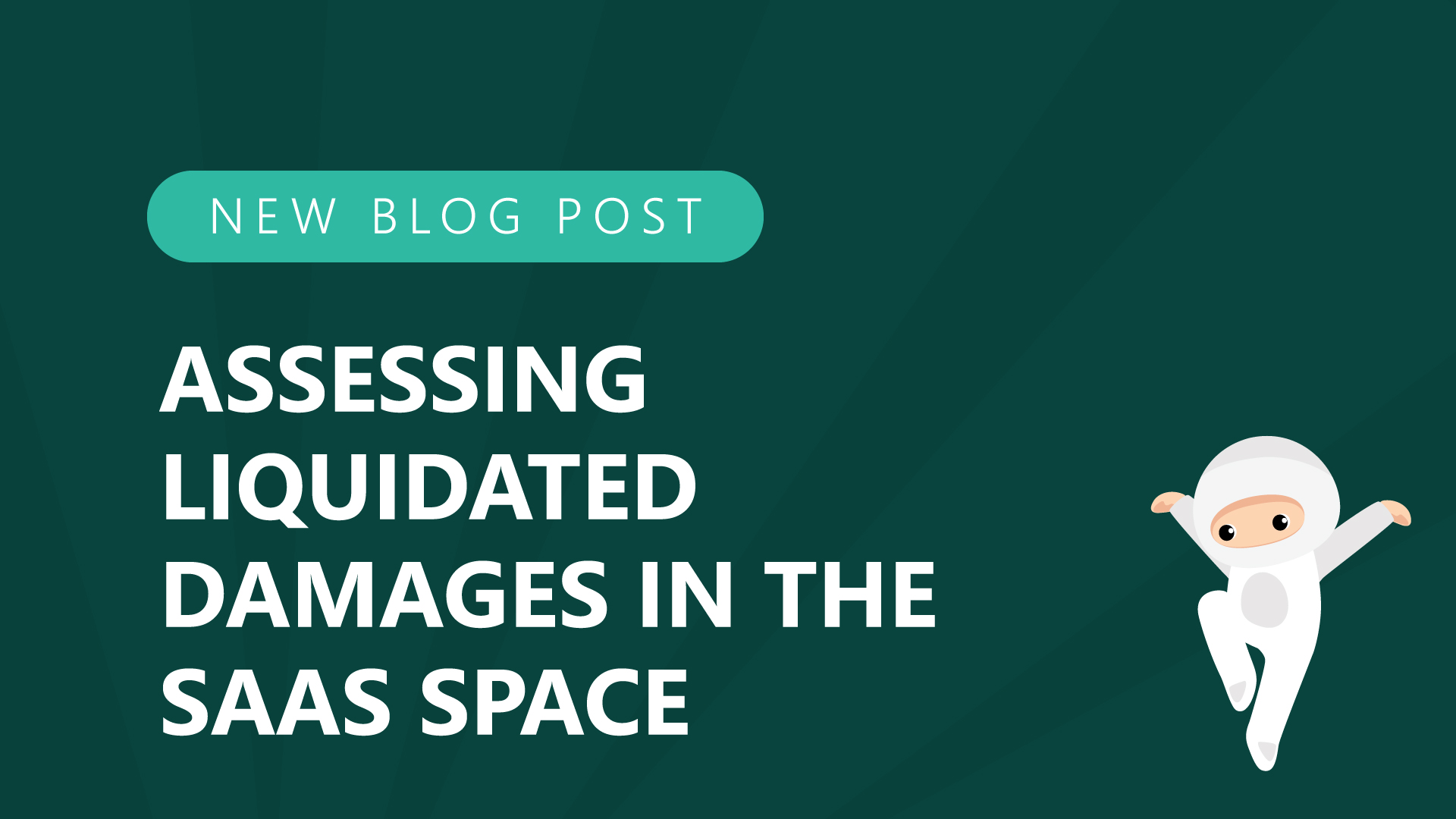In a recent episode of Negotiations Ninja, Jeanette Nyden returned to talk about liquidated damages. She also addresses what liquidated damage(s) clauses look like in the SaaS space. So what are liquidated damages? Liquidated damages are not a penalty; It is money that a customer receives from a supplier for a value not received.
You need to conduct a cost-analysis
In Jeannette’s book, “The Contract Professional’s Playbook,” she talks about activity-based cost analysis (TCO analysis). You have to look at the entire cost. Missed calls in a call-service environment lead you to slip behind. If the supplier faces liquidated damages, what’s the true cost to the supplier? Will they lose a customer to a competitor? Are customers irritated?
Do ten people need to be hired to fix the problem? Is the system not routing calls properly, and they’re getting dropped? You know how much it costs to hire ten people for a week. Then you can anticipate lost profits and overhead and calculate a number. It’s incredibly negotiable. But you have to understand the real risk and what’s at stake.
What is the likelihood of an incident?
The customer can tell the vendor what they expect for liquidated damages associated with not receiving full value if X, Y, or Z happens. But they have to know the likelihood of those things happening and their impact and use those as a formula. But the vendor can challenge those findings. They may say the probability is lower, the impact is lower, and negotiate what that may look like.
Milestone payments and incentives
People outside of the procurement world may not understand that there are more valuable methods to promote performance motivation. You can enact milestone payments for delivery, i.e., you don’t receive full payment for your product or services unless your purchase is delivered. That may be a better motivator to receive expected deliveries. If you have a lot of money invested into the product and haven’t received full payment, a milestone payment would certainly be more motivating than liquidated damages.
How do you incentivize performance? You could set up a bonus structure for early delivery. A bonus is straight profit. Milestones are cash out of pocket (so you need carrying costs to cover it). Liquidated damages are a liability. Liquidated damages are a small tool in your arsenal. Ideally, you want to structure all three clauses properly.
Liquidated damages versus consequential damages
Consequential damages are a defined legal term from acts such as negligence. They are not liquidated damages. Consequential damages could be a result of not receiving value. It would be part of your limitations of liability clause. Damages require a remedy. So you would be entitled to some sort of remedy, usually monetary compensation. They are nowhere connected to liquidated damages—which are only for value not received.
We know that legal terms and clauses can be confusing. To help you further understand the depth of the liquidated damages clause, check out episode #275 of the Negotiations Ninja podcast. Jeanette Nyden shares numerous stories to help you deepen your understanding.

